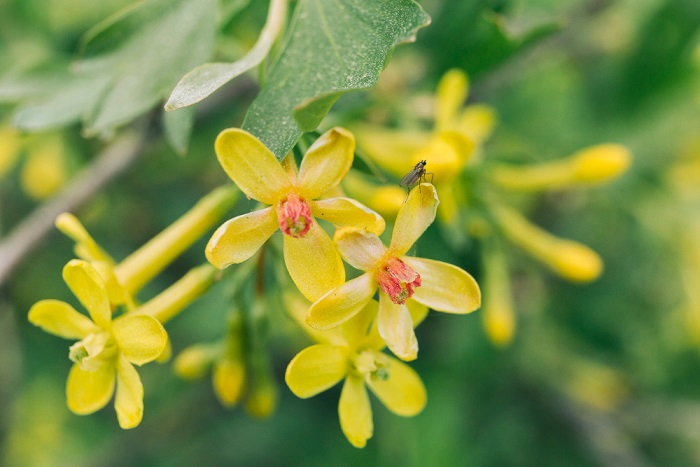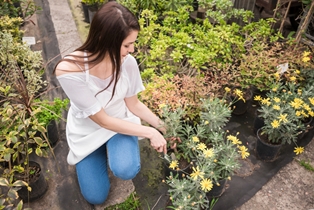The world of flowers is vast and varied, with each species boasting unique characteristics and uses. Among these, the Caca flower stands out for its intriguing history, diverse applications, and remarkable properties. In this comprehensive guide, we delve deep into the world of the Caca flower, exploring its origins, uses, benefits, and much more.
Introduction to the Caca Flower
What is the Caca Flower?
The Caca flower, scientifically known as Cacacea florensia, is a unique and lesser-known plant species celebrated for its striking appearance and diverse applications. Native to tropical regions, this flower has captivated botanists and plant enthusiasts alike with its vibrant colors and distinctive shape.
Origins and History
The Caca flower traces its origins to the dense tropical rainforests of South America. Historically, it has been revered by indigenous cultures for its medicinal properties and aesthetic appeal. The flower’s name is derived from ancient dialects, symbolizing beauty and vitality.
Botanical Characteristics
Appearance
-
Petals: The Caca flower boasts large, vividly colored petals ranging from deep reds to bright yellows.
-
Size: On average, the flower measures about 4-6 inches in diameter.
-
Fragrance: It emits a subtle, sweet fragrance that becomes more pronounced during the early morning hours.
Growth Conditions
-
Climate: Thrives in warm, humid climates.
-
Soil: Prefers well-drained, fertile soil with a neutral pH.
-
Sunlight: Requires partial to full sunlight for optimal growth.
-
Watering: Needs regular watering but is sensitive to waterlogging.
Cultivation and Care
Planting the Caca Flower
-
Selection of Site: Choose a location that receives ample sunlight and has good air circulation.
-
Soil Preparation: Enrich the soil with organic compost and ensure proper drainage.
-
Planting: Plant seeds or seedlings at a depth of 1-2 inches, spacing them about 12 inches apart.
Maintenance Tips
-
Watering: Water the plants consistently, allowing the soil to dry slightly between watering sessions.
-
Fertilization: Apply a balanced fertilizer every 4-6 weeks during the growing season.
-
Pruning: Regularly prune dead or damaged leaves to encourage healthy growth.
-
Pest Control: Monitor for common pests such as aphids and caterpillars, using organic insecticides as needed.
Uses and Benefits
Medicinal Uses
The Caca flower has been utilized in traditional medicine for centuries. Some of its notable medicinal properties include:
-
Anti-inflammatory: Extracts from the flower are used to reduce inflammation and soothe skin irritations.
-
Antioxidant: Rich in antioxidants, it helps combat free radicals and promotes overall health.
-
Digestive Aid: Teas made from the flower are believed to aid digestion and alleviate stomach discomfort.
Culinary Uses
-
Edible Flowers: The petals are sometimes used in salads and as garnishes, adding a pop of color and a mild flavor.
-
Herbal Teas: Dried Caca flower petals are used to brew herbal teas that are both refreshing and beneficial.
Ornamental Uses
-
Garden Plant: Due to its vibrant appearance, the Caca flower is a popular choice for ornamental gardening.
-
Bouquets and Arrangements: Florists often incorporate these flowers into bouquets and floral arrangements for their striking beauty.
Cultural Significance
Symbolism
In many cultures, the Caca flower symbolizes beauty, vitality, and renewal. It is often used in ceremonies and celebrations to represent new beginnings and positive energy.
Traditional Practices
Indigenous tribes have long used the Caca flower in various rituals and traditional medicine practices. It is considered a sacred plant with spiritual significance.
Challenges in Cultivation
Common Issues
-
Pests: Aphids, caterpillars, and other insects can damage the plant.
-
Diseases: Fungal infections such as powdery mildew can affect the flower’s health.
-
Climate Sensitivity: Extreme weather conditions can hinder growth and flowering.
Solutions
-
Organic Pesticides: Use natural insecticides to control pests.
-
Proper Air Circulation: Ensure good air circulation around the plants to prevent fungal infections.
-
Climate Control: Protect plants from extreme temperatures using shade cloths or greenhouses.
FAQs about the Caca Flower
What are the different colors of Caca flowers?
Caca flowers come in a range of vibrant colors, including deep reds, bright yellows, and sometimes shades of orange.
What are the ideal growing conditions for the Caca flower?
The Caca flower thrives in warm, humid climates with well-drained soil and partial to full sunlight. Regular watering and balanced fertilization are essential for healthy growth.
Can Caca flowers be grown indoors?
Yes, Caca flowers can be grown indoors if provided with adequate sunlight, proper soil, and regular care.
Are there any known side effects of using Caca flower extracts?
While generally considered safe, some individuals may experience allergic reactions to Caca flower extracts. It is advisable to perform a patch test before using it topically and consult a healthcare provider if you have any concerns.
Are Caca flowers edible?
Yes, the petals of Caca flowers are edible and can be used in salads, as garnishes, or to brew herbal teas.
How can I propagate the Caca flower?
The Caca flower can be propagated through seeds or cuttings. Seeds should be sown in well-prepared soil, while cuttings should be taken from healthy plants and rooted in water or a suitable growing medium.
How long do Caca flowers bloom?
Caca flowers typically bloom for several weeks, with peak blooming usually occurring during the warmest months.
What pests commonly affect the Caca flower?
Common pests include aphids, caterpillars, and spider mites. Regular monitoring and the use of organic pesticides can help manage these pests effectively.
Are Caca flowers easy to care for?
Yes, Caca flowers are relatively easy to care for, requiring regular watering, balanced fertilization, and good air circulation.
Conclusion
The Caca flower is a remarkable plant with a rich history, diverse uses, and significant benefits. Whether you are a gardener looking to add a splash of color to your garden, a health enthusiast exploring natural remedies, or simply someone who appreciates the beauty of nature, the Caca flower has something to offer. By understanding its growth requirements, uses, and care, you can enjoy the many advantages this unique flower brings to your life.








Find Us on Socials